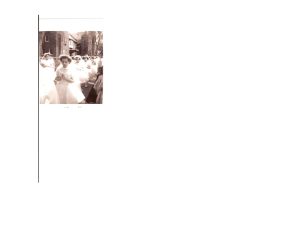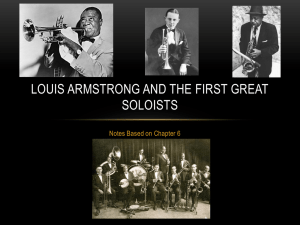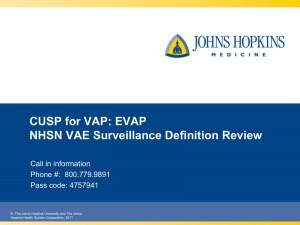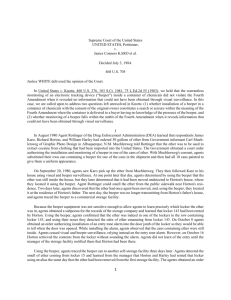Knotts vs. United States
advertisement
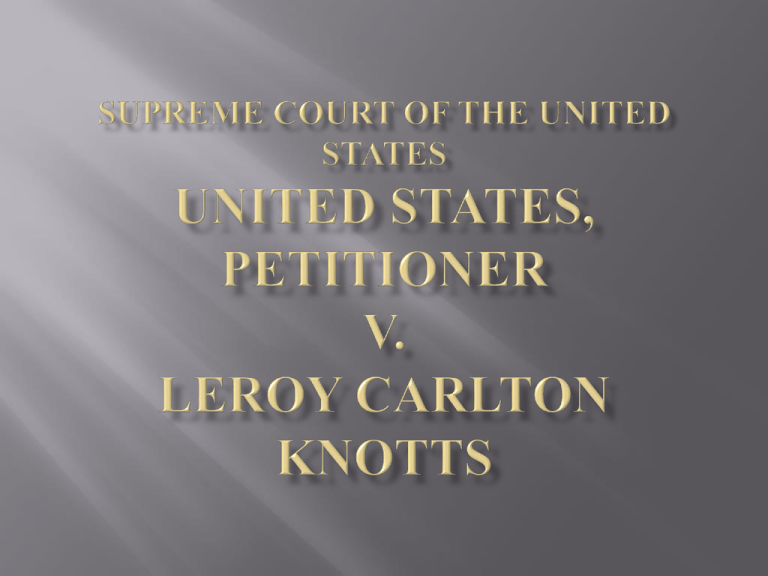
Respondent(Knotts) and two codefendants(Darryl Petschen, Tristan Armstrong) were charged with conspiracy to manufacture controlled substances. The 3M company, which is a manufacturer of chemicals, alerted a narcotics officer working for the Minnesota Bureau of Criminal Apprehension that Armstrong, who was a former 3M employee, had been stealing controlled substances which could be used to manufacture illegal drugs. Visual surveillance later revealed that Armstrong would purchase similar chemicals from the Hawkins Chemical company in Minneapolis. Narcotics officers then observed that after the purchase had been made, Armstrong would transport the chemicals to Petschen. With the consent of the Hawkins company, narcotics officers placed a beeper inside of a five gallon container of chloroform, which was one of the drugs called into question. The Hawkins company would then place the chloroform that Armstrong purchased in this specific container. Officers followed Armstrong after the purchase had been made, maintaining visual surveillance and using a monitor receiving the beeper signals. Armstrong proceeded to Petschen’s house, where the chemicals were transferred to his car, which police then followed east across the St. Croix river into Wisconsin. At this time police ended their visual surveillance and the beeper signal was lost, but later picked up an hour later. The signal was now stationary at a cabin owned by the respondent. Police then obtained a search warrant and found chemicals and laboratory equipment used to make controlled substances. The respondent was convicted of conspiring to manufacture controlled substances. The Court of Appeals ruled the search was unconstitutional. Respondent argued that the beeper enabled police to be more effective in detecting crime. He attacks the use of the beeper to determine the chloroform had come to rest on his property. He states the government overlooked the fact of using the beeper to determine the chemicals were located on the respondents property, which has the greatest protection under the fourth amendment. The movement of Armstrong and Petschen in their cars has no expectation of privacy because all of the movements were on public roads. Visual surveillance could have viewed the defendants travelling to all of their destinations. If police had followed Petschen the whole time, they could have viewed him travel to Knotts cabin. The beeper is simply a more effective way of observing what is already public. Nothing the obtained from the beeper signal revealed anything about the inside of the cabin or anything that could not have been revealed through visual surveillance. The Supreme court of the United States of America ruled that no expectation of privacy was violated and the ruling of the court of appeals was reversed.

